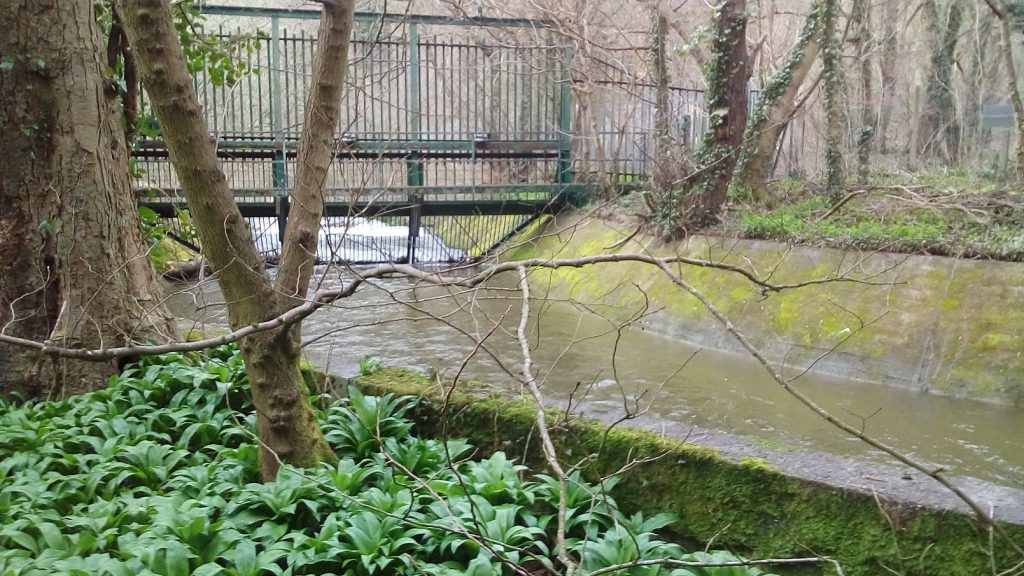The Thames cuts a lonely swathe through maps of contemporary London. She’s one of the last visible remnants of a natural landscape lost beneath concrete and steel. She trails sadly through the megalopolis like a party ribbon hanging from the back of a crashed wedding limousine.
Gareth E Rees – Marshland
The other day Gareth Rees sent me a short extract from his next book, which is due to be published later this year. He wanted me to read it because it concerned a memory from an incident in my childhood that I had previously shared with him.
One Saturday morning almost a year ago, while he was travelling the country researching his book, Gareth and I took a walk along the River Alun in North Wales to the place where something strange had taken place many years before. Thinking back to that morning last year, such a fresh, sunny Spring morning, I am reminded of happier times when we all took it for granted that we were free to go out, meet with friends and wander around to wherever our fancy took us.
Incident is, perhaps, too concrete a word for the thing we discussed. It was more to do with a memory of an atmosphere, a feeling; something imbued into the very fabric of a particular place. This section of the Alun runs through a wooded limestone valley and is particularly beautiful; Felix Mendelssohn liked to walk here when he visited the area.
However, there is a short section of the river, running through a former industrial site, that is distinctly different in atmosphere; one might almost say it has a sinister feel to it. For me this is apparent even from the picture above.
There is a chapter in Gareth’s next book that considers the place I took him to and other weird post-industrial sites. The section he sent me to read retells the tale more or less as I told it to him – but with a twist. Gareth, perhaps, likes to follow Emily Dickinson’s advice to: ‘tell all the truth but tell it slant’. Either way I am looking forward to reading the rest of his book.
Picture of River Alun near Mold, ©Bobby Seal

